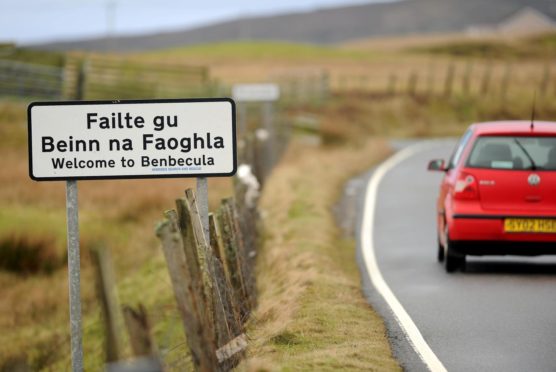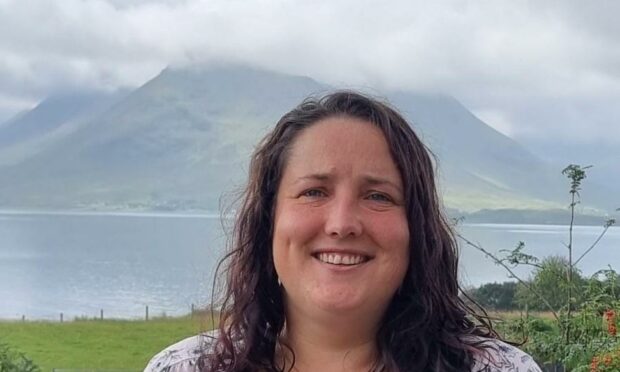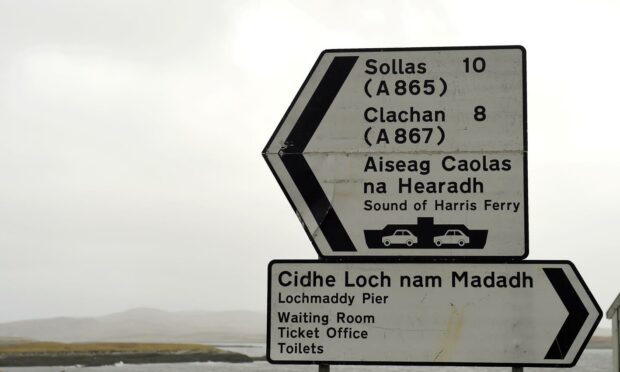A new fund is giving island communities a financial incentive to speak Gaelic more and help save the language.
The Gaelic Community Fund is being piloted in the Highlands, the Western Isles and Argyll and Bute.
It aims to encourage innovative ways to increase use of the language in its heartland.
Set up by Community Land Scotland (CLS), with support from Bòrd na Gàidhlig, it is mainly targeting community-owned areas.
Fund puts resources into community hands
More than 560,000 acres in Scotland are now in community ownership and home to tens of thousands of people.
Shona Maclennan, chief executive of Bòrd na Gàidhlig, said: “Gaelic is an integral part of life in the west coast islands, as well as a national cultural and economic asset.
“By creating this pilot, CLS is putting the resources into the communities’ hands to create their own agendas and deliver opportunities to increase Gaelic use in their geographical area.
“We are delighted to be encouraging the increased use of Gaelic through the setting up of this new fund.
“CLS has a deep involvement with local community-owned projects, many of whom see Gaelic as very important part of our heritage and everyday life.”
Chrissie Gillies, CLS’s Gaelic development officer, says priority is being given to applications from trusts owning community land or assets.
However, bids can also be made by other bodies for Gaelic projects.
The fund totals £125,000, split over two funding rounds.
“All projects that focus on Gaelic use within the community will be considered.
“We are looking for projects which will encourage and support speakers of Gaelic and we welcome the inclusions of heritage and culture within the projects.
New income stream welcome for community groups
“We will also consider projects which look to potentially increase the capacity of speakers within an area.”
Shona Macmillan is a young Gaelic-speaking mother in Lewis.
“To know that Community Land Scotland is working in partnership with Bòrd na Gàidhlig is very encouraging .
“It will enable activities where young and old can gather and speak our language together.
“In previous employment I have worked alongside community groups to organise events and activities which require grant funding.
“The new Gaelic Communities Fund from Community Land Scotland will be a very welcome opportunity for these groups.
“I believe it is imperative that we retain and strengthen the use of Gaelic, particularly within younger families in these communities, to ensure the survival and longevity of our language.
Report warned of lack of everyday use of Gaelic
“Access to this grant funding will make a big difference to local groups intent on integrating Gaelic into everyday use in their areas.”
Last year a report warned Gaelic will collapse as a viable community language within a decade without a radical new approach.
‘The Gaelic Crisis in the Vernacular Community’ was published the University of the Highlands and Islands’ Language Sciences Institute and research body Soillse.
It highlights falling numbers of speakers in the Western Isles, Staffin in Skye and Tiree.
This month CLS asked the first minister to establish a new community wealth fund, backed by at least £100 million.
It urged Nicola Sturgeon to use money from the Crown Estate Scotland auction of seabed plots for offshore windfarms.
CLS said the money could be used for community projects with economic and social aims.


